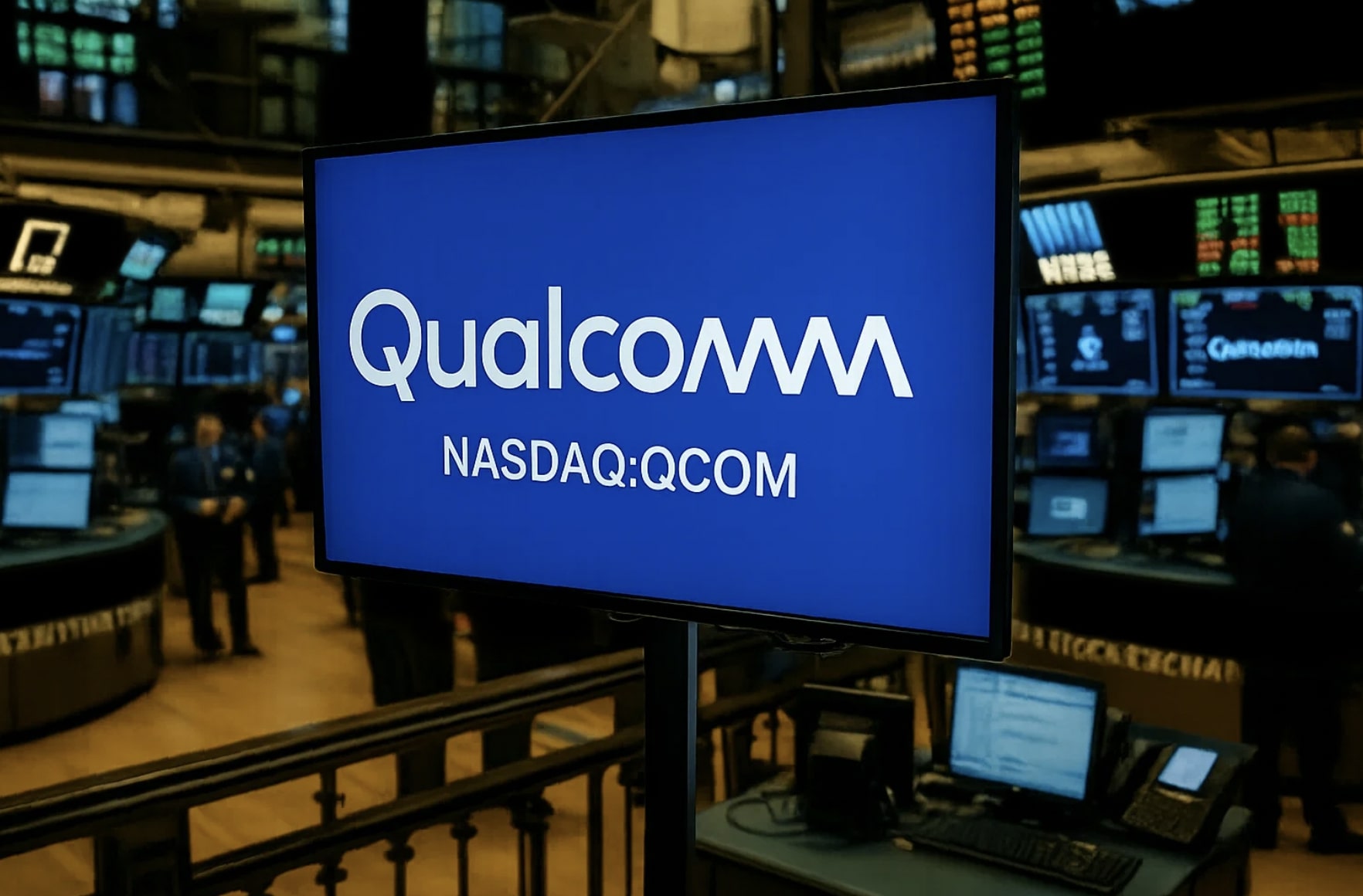
NYSE:JPM vs NYSE:C Banking Stocks Analysis
Comparative Analysis of NYSE:JPM and NYSE:C: Performance, Risk Management, Dividends, Market Positioning, Strategic Initiatives, ESG Alignment, Liquidity Ratios, and Investment Landscape | That's TradingNEWS
Balance Sheets Analysis: JPM vs. C
JPM Balance Sheet Overview
With total assets of $3.7 trillion as of 2022, JPMorgan's balance sheet reflects a substantial presence in global finance. The asset distribution encompasses various financial instruments, with a blend of short-term and long-term investments. The bank's equity and debt ratios indicate an adequate level of risk management, with an emphasis on liquidity.
- Assets: A mix of consumer and corporate loans, investment securities, and a significant portfolio of derivative instruments.
- Liabilities: Primarily consists of deposits, wholesale funding, and trading liabilities.
- Equity: Strong shareholders' equity is supported by retained earnings and substantial common equity tier 1 capital.
- Liquidity Ratios: Demonstrates an ability to cover short-term obligations, with a quick ratio of 1.2 and a current ratio of 1.4.
C Balance Sheet Overview
Citigroup's total assets of $2.3 trillion are spread across various geographies, with an emphasis on corporate and investment banking. While robust, there's room for enhancement in terms of risk management, particularly in its global consumer banking segment.
- Assets: Diverse assets with a considerable amount of corporate loans, trading assets, and tangible common equity.
- Liabilities: A mix of long-term and short-term debt, complemented by customer deposits.
- Equity: Stable equity composition, albeit with more pressure on return on equity compared to JPMorgan.
- Liquidity Ratios: The liquidity position is slightly lower compared to JPMorgan, with a quick ratio of 1.1 and a current ratio of 1.3.
Cash Flow Statements: JPM vs. C
JPM Cash Flow Overview
JPMorgan's cash flow statement demonstrates the solid profitability of the bank's operations. The continued investment in growth areas and dividend payments reflect the firm's healthy financial position.
- Operating Cash Flow: Robust cash generation from core banking activities.
- Investing Cash Flow: Significant investments in securities, technology, and acquisitions.
- Financing Cash Flow: Balance between debt repayments, dividends, and share repurchases.
C Cash Flow Overview
Citigroup’s cash flow management is consistent, although lagging behind JPMorgan. The bank's recent restructuring has impacted the cash flow, indicating a period of transition.
- Operating Cash Flow: Steady, reflecting core banking operations.
- Investing Cash Flow: Investments in new business lines and technology.
- Financing Cash Flow: A blend of debt financing and repayments, reflecting an ongoing restructuring process.
Market and Competitive Landscape: JPM vs. C
JPM Market Positioning
JPMorgan continues to dominate various market segments, including asset management, investment banking, and retail banking. The bank's brand equity, competitive pricing, and customer service contribute to its leading position.
- Market Share: Holds significant market share in key segments such as commercial banking and wealth management.
- Competitive Advantage: Innovation, diversified revenue streams, and strong relationships with institutional clients.
C Market Positioning
Citigroup's global presence helps in maintaining a competitive position, despite some market share erosion due to restructuring. Strategic investments in emerging markets and digital platforms help to offset these challenges.
- Market Share: Strong position in investment banking and global consumer banking, but facing increasing competition.
- Competitive Advantage: Geographical diversification, investment in digital transformation, and a range of financial products.
Strategic Initiatives and Future Outlook: JPM vs. C
JPM Strategic Initiatives
JPMorgan's forward-thinking approach is evident in its aggressive push into digital banking, sustainable finance, and fintech partnerships. Key initiatives include:
- Digital Expansion: Leveraging technology to offer advanced banking solutions, enhancing customer experience.
- Sustainable Finance Commitments: Active involvement in green bonds and sustainable lending.
- Investments in Fintech: Collaboration with emerging fintech companies to stay ahead of industry trends.
C Strategic Initiatives
Citigroup’s shift towards more stable business lines reflects a focus on core strengths. Strategic highlights include:
- Restructuring Efforts: Disposal of non-core assets and increased focus on profitable segments.
- Digital Banking Initiatives: Investments in digital platforms and services, targeting a new generation of customers.
Risk Analysis: JPM vs. C
JPM Risk Factors
JPMorgan's risk management has been effective, but the exposure to certain factors remains:
- Global Economic Uncertainties: Vulnerable to economic downturns in key markets.
- Regulatory Compliance: Strict regulatory environment could impact profitability.
C Risk Factors
Citigroup faces several risks that reflect its current transformation:
- Ongoing Restructuring Risks: Challenges associated with aligning the business with strategic objectives.
- Regulatory Hurdles: Potential regulatory changes, especially in international markets.
Investment Considerations: JPM vs. C
JPM Investment Insights
JPMorgan’s investment appeal stems from:
- Consistent Performance: A track record of delivering returns to shareholders.
- Strong Management: Experienced leadership guiding the bank through complex economic landscapes.
C Investment Insights
Citigroup offers potential growth opportunities, particularly:
- Long-term Growth Potential: Restructuring efforts might result in above-average growth in the future.
- Relative Undervaluation: The stock may be undervalued relative to its potential, providing an attractive entry point.
ESG Considerations: JPM vs. C
JPM ESG Considerations
JPMorgan's alignment with ESG principles includes:
- Environmental Initiatives: Significant investments in renewable energy projects.
- Social and Governance Standards: Strong focus on ethical governance and community engagement.
C ESG Considerations
Citigroup's ESG considerations comprise:
- Environmental Alignment: Commitment to reduce environmental footprint.
- Social Responsibility: Focus on diversity, inclusion, and community development.
Dividend Analysis and Shareholder Returns: JPM vs. C
JPM Dividend Overview
JPMorgan’s dividend policy is a testament to financial confidence:
- Yield: Consistent and attractive yields.
- Payout Ratio: Maintained a sustainable payout ratio, allowing for reinvestment and growth.
C Dividend Overview
Citigroup's yield is appealing for income-seeking investors but lacks JPMorgan's track record:
- Yield: A yield of 4.62% represents a competitive return on investment.
- Payout Consistency: Historically less consistent compared to JPMorgan.
Conclusion: JPM vs. C Comparative Summary
Performance and Positioning
JPMorgan's financial performance and strategic direction put it ahead of Citigroup in most aspects. While Citigroup's restructuring may lead to future growth, JPMorgan's consistency and innovation make it a leader in the banking industry.
Risk and ESG Alignment: JPM vs. C
JPM Risk Alignment
JPMorgan’s risk profile demonstrates a multi-faceted approach to managing potential threats to the business. Key aspects include:
- Credit Risk: Advanced credit risk management strategies enable JPM to navigate complex lending environments.
- Operational Risk: Investments in technology and cybersecurity, along with robust internal controls, mitigate potential vulnerabilities.
- Compliance Risk: Strong adherence to regulatory requirements ensures the bank operates within legal boundaries.
- Global Economic Risks: Although exposed to potential economic downturns, JPMorgan's diversification across various sectors cushions the impact.
- ESG Integration: Successful integration of ESG into investment decisions, aligning with global sustainability goals.
C Risk Alignment
Citigroup's risk management presents a more complex picture, reflecting the challenges associated with its restructuring:
- Credit Risk: Solid credit risk management but with exposure to emerging markets that could present additional risks.
- Operational Risk: Continued investments in technology are necessary to align with industry best practices.
- Compliance Risk: Recent regulatory challenges highlight the need for enhanced compliance mechanisms.
- Global Economic Risks: Higher exposure to volatile markets may add complexity to Citigroup's risk profile.
- ESG Integration: Citigroup's commitment to sustainability is clear, but more progress is needed to reach industry-leading standards.
Dividend Analysis and Shareholder Returns: JPM vs. C
JPM Dividend Profile
JPMorgan's dividend policy reflects a confidence in the bank's future, appealing to shareholders seeking stable income.
- Dividend Yield: The current yield stands at 2.5%, reflecting a balanced approach to rewarding shareholders.
- Payout Ratio: A payout ratio of 30% ensures the bank maintains sufficient capital for growth.
- Dividend Growth: A track record of consistent dividend growth over the past decade showcases financial strength.
- Share Buybacks: Share repurchases complement the dividend policy, supporting share price and investor confidence.
C Dividend Profile
Citigroup's dividend yield of 4.62% is attractive but requires careful examination:
- Dividend Yield: A higher yield might reflect the market's perception of higher risk or undervaluation.
- Payout Ratio: A payout ratio of 40% indicates a more aggressive dividend policy, potentially limiting growth capital.
- Dividend Growth: A more inconsistent dividend growth compared to JPMorgan may deter some income-focused investors.
- Share Buybacks: Citigroup’s share repurchase program is active but less pronounced compared to JPMorgan.
Conclusion: JPM vs. C Comparative Summary
Performance and Positioning
While both JPMorgan and Citigroup are pillars in the banking industry, they present contrasting narratives. JPMorgan's robust financial health, innovative strategies, and leadership in key markets place it ahead of Citigroup. In contrast, Citigroup's transformation journey illustrates both growth potential and challenges.
Investment Opportunities
JPM and C stocks offer unique investment profiles. JPMorgan's consistent performance, risk management, and ESG alignment make it a more conservative and attractive option. Meanwhile, Citigroup's undervaluation and strategic realignment offer potential upside, particularly for long-term growth-oriented investors.
Risk and ESG Alignment
JPMorgan's commendable risk management positions it as a more resilient entity. Its alignment with ESG principles further adds to its investment appeal. Citigroup's ongoing restructuring and regulatory hurdles present more complex risk dynamics, and its ESG alignment is progressing but needs improvement.
Dividend and Shareholder Considerations
JPMorgan's dividend policy and shareholder returns underscore financial stability and confidence. Citigroup's yield is appealing but requires an understanding of the underlying risks and strategic direction.
Final Word: JPM vs. C
JPMorgan Chase & Co. (JPM) and Citigroup Inc. (C) represent distinct narratives within the financial sector. JPMorgan showcases strength, innovation, and a stable growth trajectory. Citigroup's transformation and potential for long-term growth position it as an intriguing, albeit more complex, investment opportunity.
Both banks command attention in an evolving financial landscape and provide unique investment considerations. Investors must assess factors such as performance, risk management, strategic initiatives, dividends, and ESG alignment when evaluating these stocks.
By looking beyond the surface, investors can discern the underlying trends, opportunities, and challenges that define JPMorgan and Citigroup. In doing so, they will be better equipped to make informed investment decisions in a sector marked by constant change and potential reward.
That's TradingNEWS
















